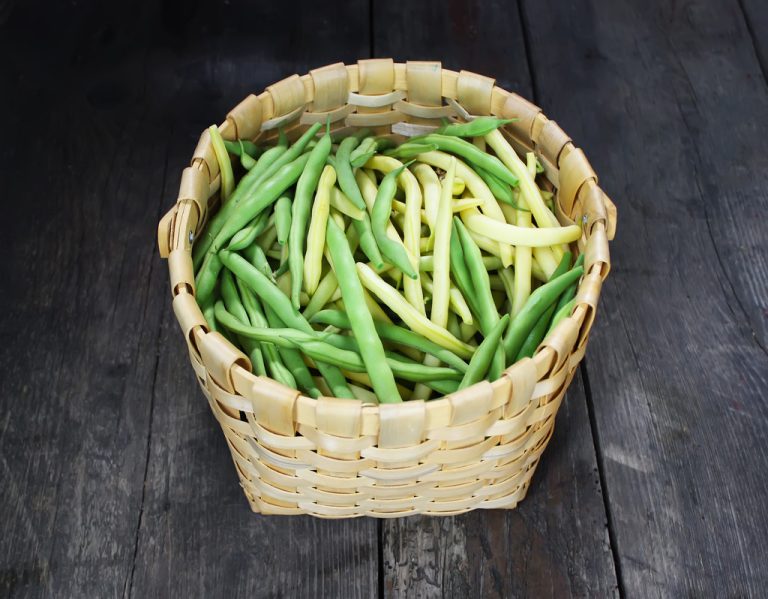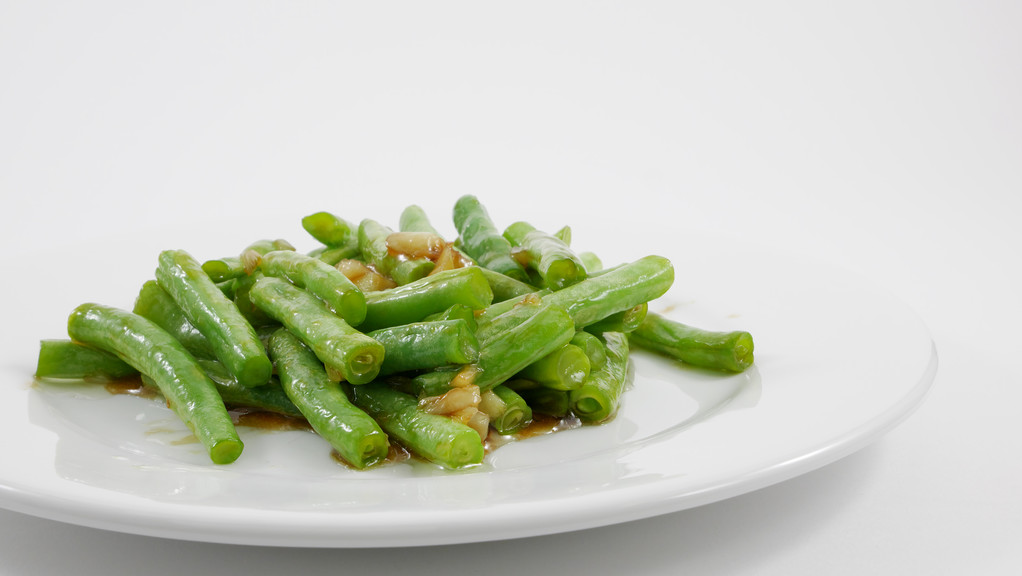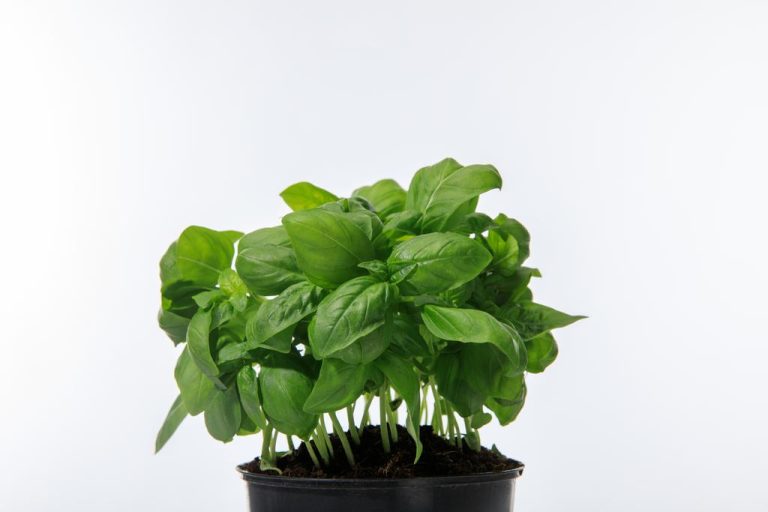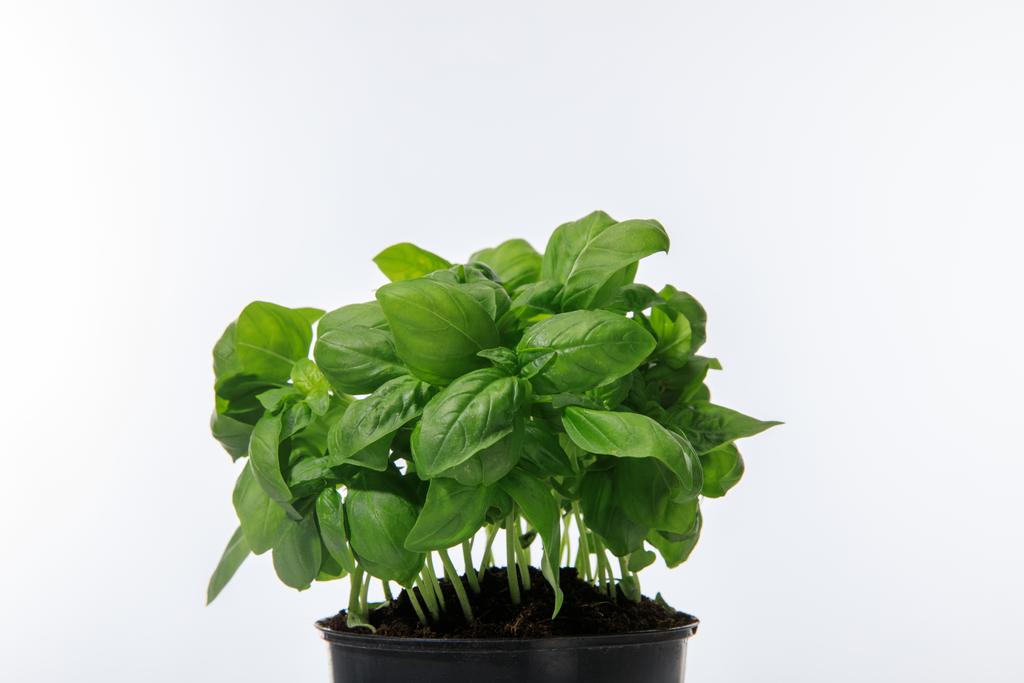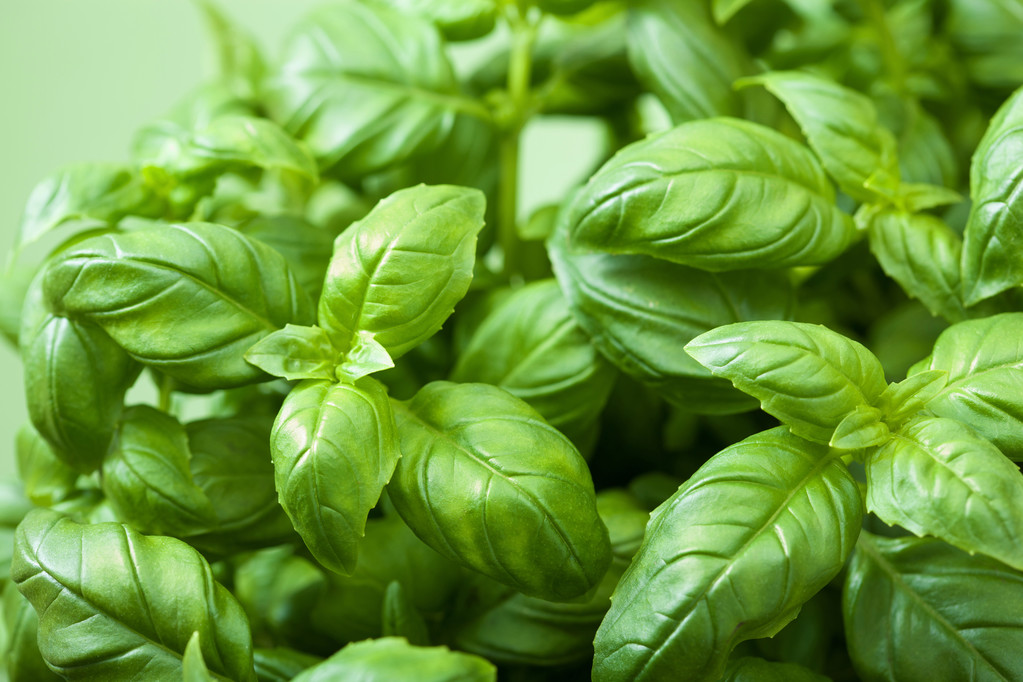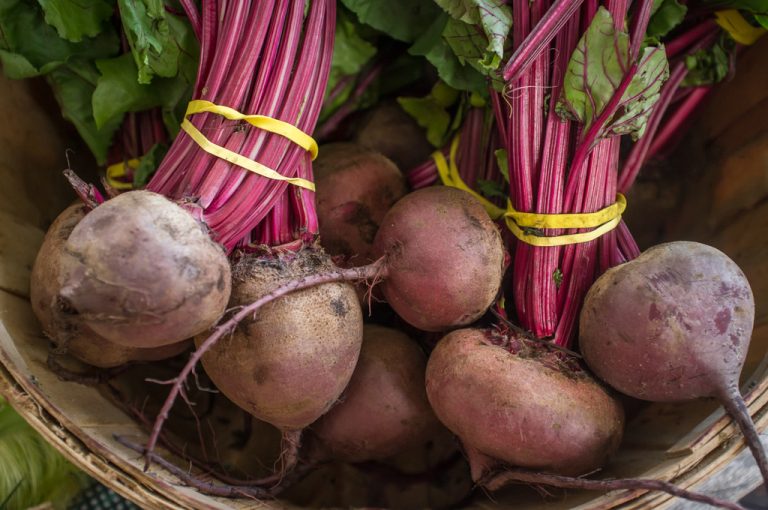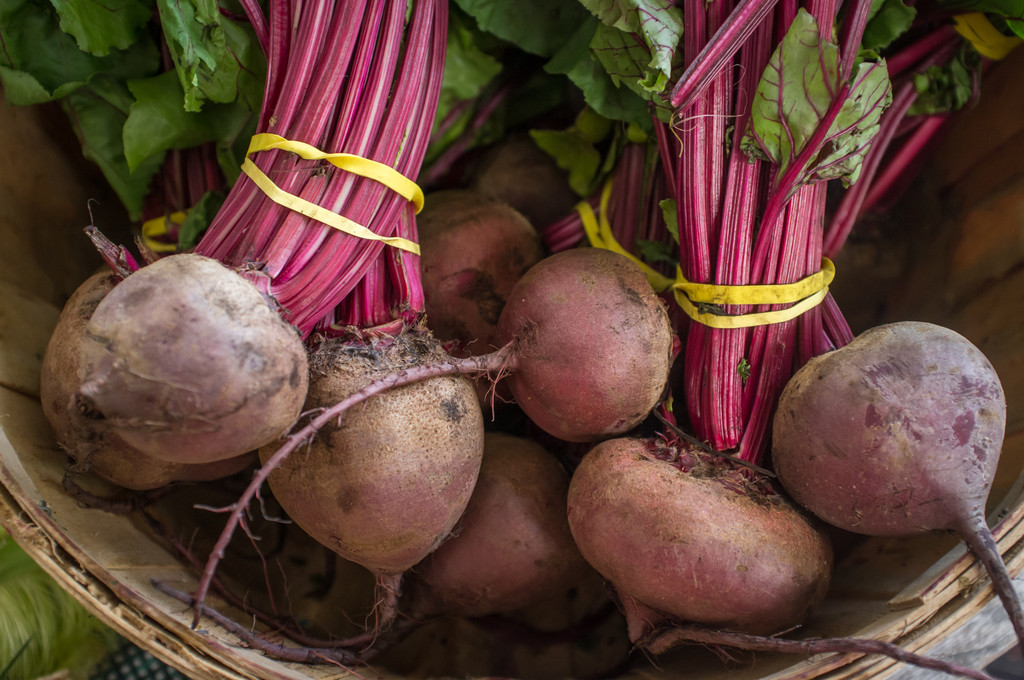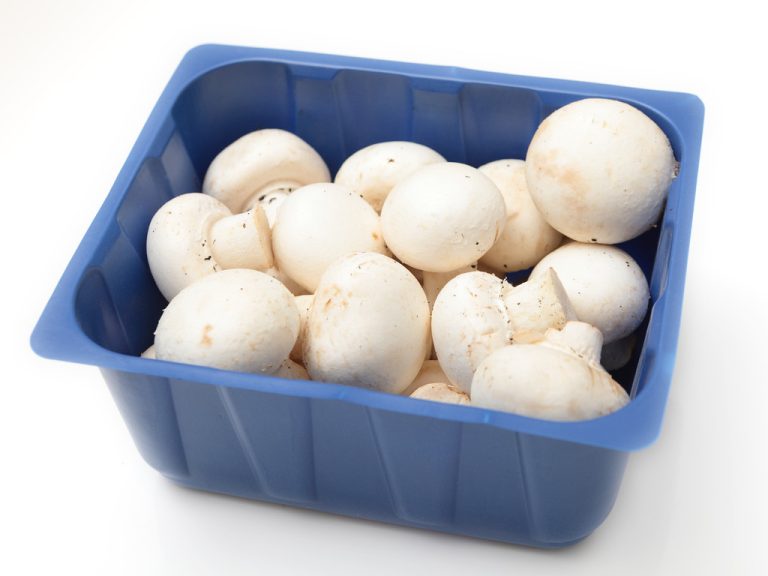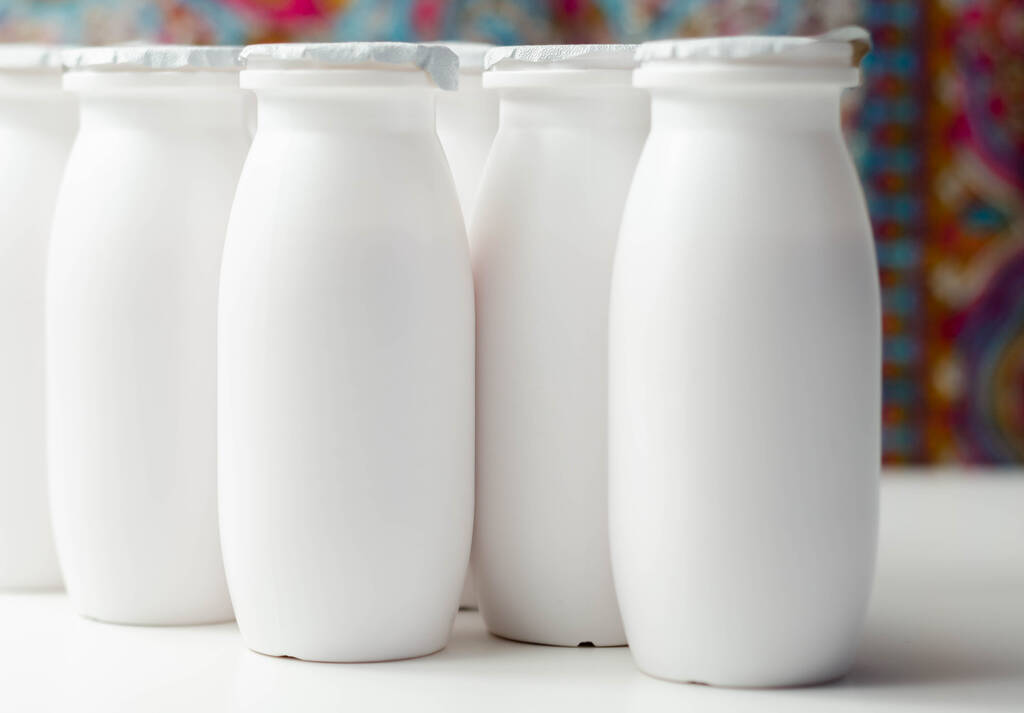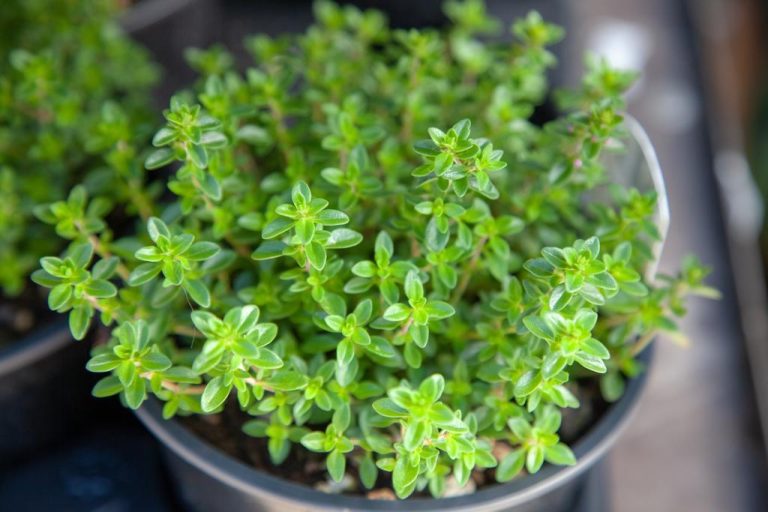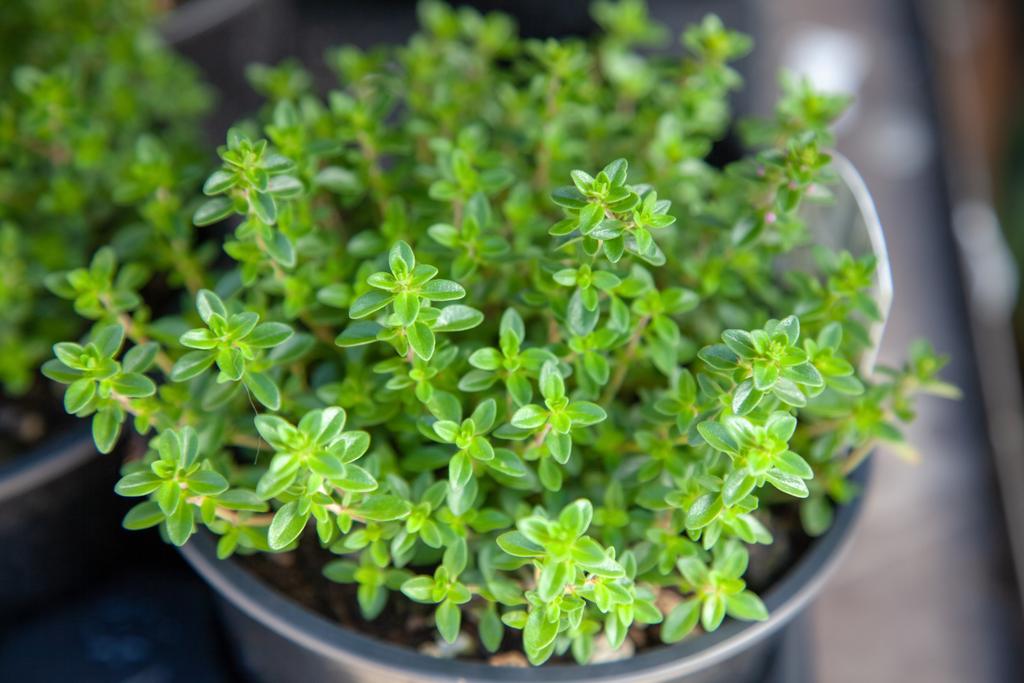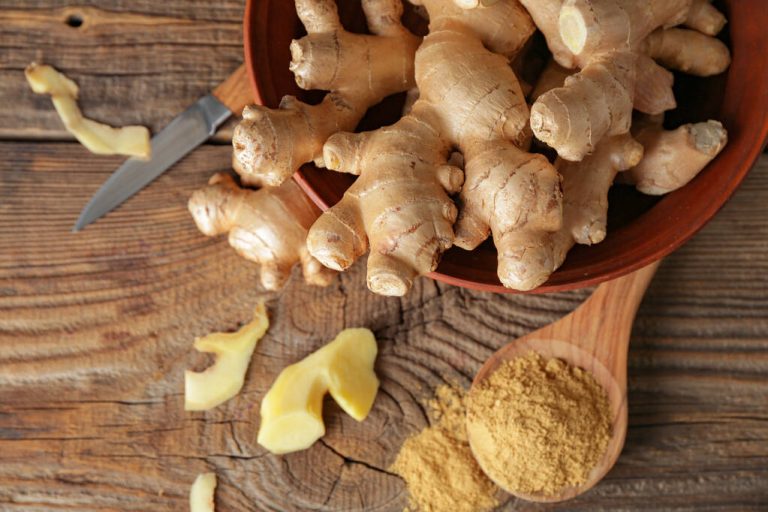Introduction to Traditional Serbian Meat Prep
Meat preparation is a crucial aspect of Serbian cuisine as meat dishes have been an integral part of Serbian culture for centuries. The traditional Serbian way of preparing meat involves a blend of locally available ingredients and techniques that are passed down from generation to generation. The art of meat preparation is considered a sacred skill and is a feature in many Serbian family gatherings, social events, and religious celebrations.
Importance of Meat in Serbian Cuisine
Meat is a staple in Serbian cuisine, with beef, pork, and lamb being the most commonly used meats. The traditional Serbian way of preparing meat involves slow-cooking methods that allow the meat to absorb the maximum amount of flavor, resulting in tender and juicy dishes. Meat is often grilled, roasted, or stewed, and spices such as paprika, garlic, and onion are used to enhance the taste. In addition to being a source of protein, meat is also considered a symbol of hospitality and generosity in Serbia.
Key Ingredients Used in Meat Preparation
The traditional Serbian way of preparing meat involves using locally sourced ingredients that are readily available. Some of the essential ingredients used in meat preparation include paprika, garlic, onion, salt, and pepper. Paprika is used to add a smoky flavor to grilled meat, while garlic and onion are used to enhance the taste and aroma. Salt and pepper are used sparingly to bring out the natural flavors of the meat.
Techniques for Grilling and Roasting Meat
Grilling and roasting are two of the most common methods used to prepare meat in Serbia. Grilling involves cooking meat over an open flame, while roasting involves cooking meat in an oven. Grilling is typically done outdoors, and the meat is placed on skewers or spits and rotated continuously to ensure even cooking. Roasting, on the other hand, involves cooking meat in an enclosed space, and the heat is circulated around the meat. Slow-cooking methods are used to ensure that the meat is tender and juicy.
Popular Meat Dishes in Serbia
Some of the most popular meat dishes in Serbia include cevapi, a type of grilled meat served with onion and bread, sarma, a dish made with meat and vegetables wrapped in cabbage leaves, and pljeskavica, a type of grilled meat patty. Other popular dishes include goulash, roasted lamb, and pork, and bean soup with smoked meat.
Conclusion: The Timeless Art of Meat Prep in Serbia
The traditional Serbian way of preparing meat is an art that has been passed down from generation to generation. It involves a blend of locally available ingredients and techniques that result in tender and juicy dishes. Meat is a staple in Serbian cuisine and is often served at family gatherings, social events, and religious celebrations. The art of meat preparation is considered a sacred skill in Serbia and is a testament to the country’s rich culinary heritage.







